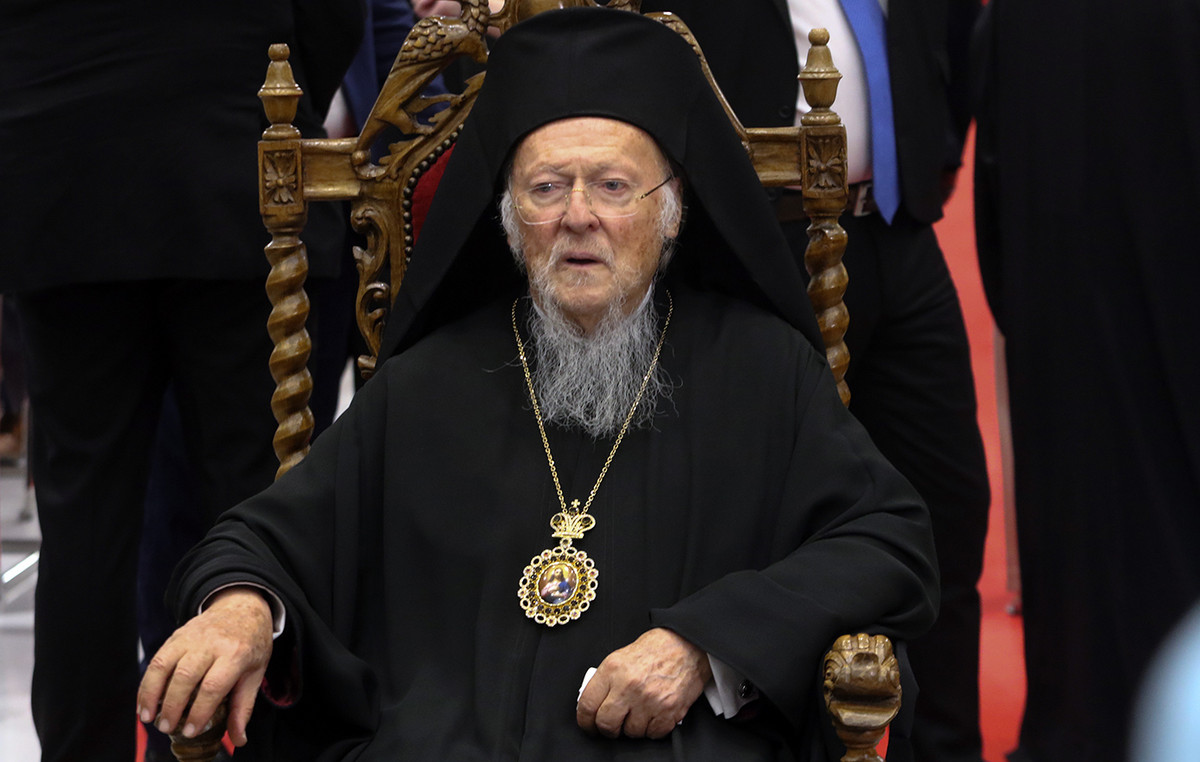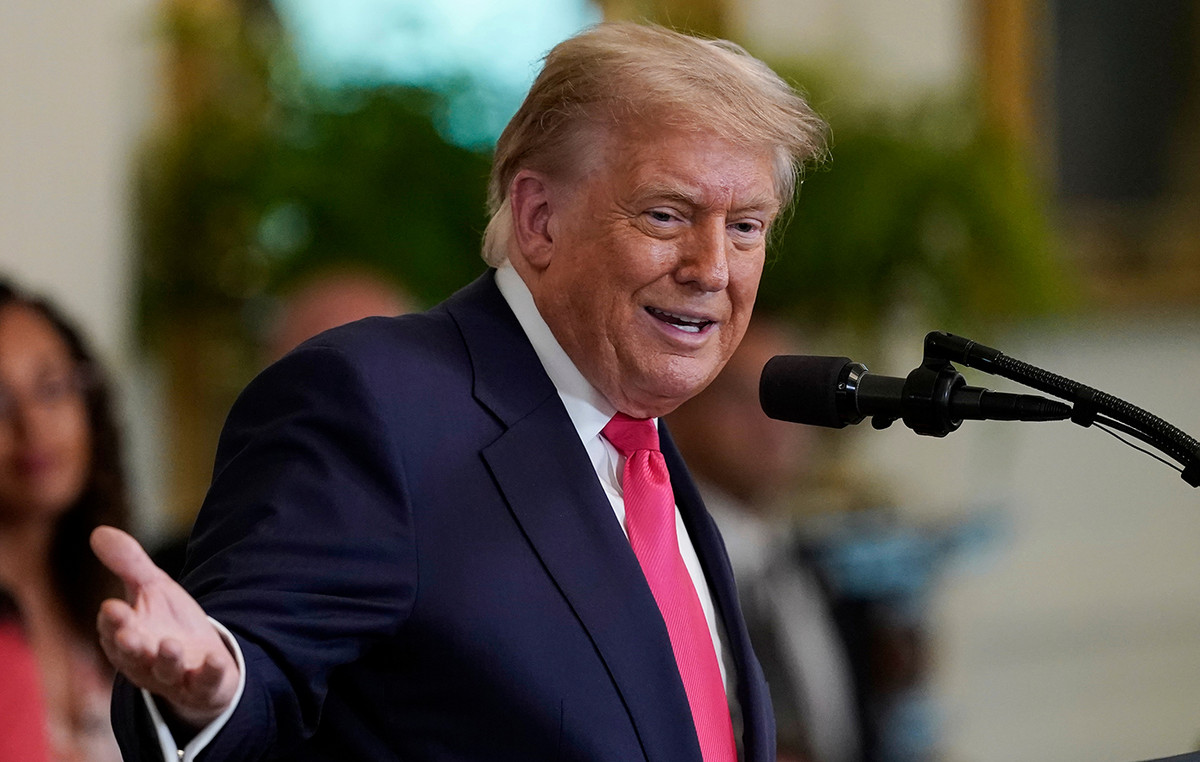After the conclusion of the Eletrobras privatization judgment by the Federal Audit Court (TCU), Eletrobras launched this Friday (27) the offering of shares with a view to its capitalization, an operation that should move about R$ 35 billion .
According to experts, the process is now still marketing, focused on publicizing the company, the potential profit it can provide and inviting large investors to invest in Eletrobras shares.
According to the managing partner of LCA Consultores, Fernando Camargo, the announcement of the share offering took place because the profit prospects that were being made would already be, according to him, “advance and optimistic.”
According to the economics analyst at CNN Thais Herédia, the federal government expects to complete the capitalization of Eletrobras in up to 15 days, after the company registered a share offering request with regulatory agencies in Brazil and the United States.
For Paulo Bittencourt, an investment consultant with 30 years of experience in the capital market, he considers that large fund managers and investors with experience in the market are already prepared for the company’s capitalization.
The company’s capitalization, evaluates Bittencourt, passed through the Legislature with “tranquility” from the moment that the parliamentarians realized that the amount necessary for Eletrobras to continue its investments in energy, mainly in the North of the country, would end up affecting the budget and the money for amendments. “Eletrobras has become an inconvenient animal”, he says.
stock offering
The capitalization operation will involve a primary and secondary offering of common shares carried out simultaneously in Brazil and abroad, which would dilute the State’s interest in the company from 72% to at least 45%.
The primary offering will initially be for 627,675,340 new shares. The secondary offering will consist of 69,801,516 shares currently held by BNDES (National Bank for Economic and Social Development).
The prospectus indicates that the closing price of the common shares issued by the company on B3 and the ADSs, on May 26, was, respectively, R$44 and US$9.23 per ADS represented by ADR, these amounts merely indicative for the operation, “which may vary upwards or downwards, according to the conclusion of the Bookbuilding Procedure”.
The statement also details that the number of shares in the initial offering may be increased by a supplementary lot of up to 15% of the total shares.
Fernando Camargo believes that the next steps will be simple. “What has to be done now is the process of convincing the shareholders”. For the specialist, this is something that is already very advanced. “Banks have a lot of capacity for dialogue with investors, I don’t see any risk in this”.
What comes next
After the announcement of the share offering that took place this Friday, João Lorenzi, an analyst at Encore Asset Management, explains that the process continues to depend on Eletrobras itself, together with the banks that were allocated by the government to carry out the capitalization.
According to the analyst, from this Friday until June 9, the so-called “road show” stage takes place, when banks contact allocators and investment funds to “sell” the company and garner interest from the market. and raise capital.
On June 3, the “priority offering” will begin, that is, those who already own shares in the company or those chosen by the state-owned company will have priority at the time of the distribution of shares.
Lorenzi exemplifies: “assuming I have BRL 25 billion to distribute in Eletrobras shares and the demand is BRL 30 billion, whoever has the “priority” will get the amount requested and then the process follows”. Investors wishing to enter the order of priority have until June 7 to express their opinion.
Then, on June 8, the “Retail and ELET FMP” will open. This is the FGTS fund that workers can use to invest in the state-owned company.
When the capitalization process was approved by the TCU, it was defined by the court that workers from any sector that have resources in the FGTS (Guarantee Fund for Time of Service) will be able to use up to 50% of the fund to buy shares in the company. The mechanism used for this process is the Mutual Privatization Fund, created in 2000, and already used in other cases, such as at Vale and Petrobras.
On June 9, pricing will begin. On this day, the average price that investors showed an interest in paying for Eletrobras shares will be analyzed.
Then, on June 10, the purchase and sale of shares begins in the United States. In Brazil, the “trade”, as it is called, should be started on the 13th of the same month.
Asked if there is still any risk to capitalization, João Lorenzi says that the risk of judicialization “remains, but it is minimal”. For the expert, after the conclusion of the trial by the TCU, the process was “cancelled”.
“Questions that can be asked about the calculation and price have already fallen. Is there risk? It always exists, but it is minimal.”
For Paulo Bittencourt, on the day of the trade, the company’s shares can reach an appreciation of up to 10%. “It is a long-term investment, even with valued stocks, large investors and funds will watch for future dividends, we will be positively surprised”.
Privatization
On the 18th, the Federal Audit Court (TCU ) approved by majority the continuation of the capitalization process of electrobras , in which the Union will no longer control most of the state-owned company’s share capital. There were 7 votes in favor and one against, by Minister Vital do Rêgo.
The TCU trial involved the second part of the analysis of the capitalization , referring to the modeling of the procedure. In February of this year, the agency had already approved estimates of the amount moved by the process, in the region of R$ 67 billion.
In most of the large privatizations that have taken place since the late 1990s, there have been protests and many attempts to derail the business. Even Eletrobras itself had the sale of subsidiaries suspended in the Fernando Henrique Cardoso government because of political protests.
Eletrobras has close to 51 gigawatts (GW) in installed generation capacity — equivalent to 29% of Brazil’s generating complex — and more than 70,000 km of transmission lines, or 43.1% of the national grid.
The company will also have to make more than R$ 30 billion in contributions to the Energy Development Account (CDE) over the years, to help alleviate energy tariffs for consumers, in addition to directing resources to the revitalization of hydrographic basins.
*With information from Thais Heredia and Reuters
Source: CNN Brasil
I am Sophia william, author of World Stock Market. I have a degree in journalism from the University of Missouri and I have worked as a reporter for several news websites. I have a passion for writing and informing people about the latest news and events happening in the world. I strive to be accurate and unbiased in my reporting, and I hope to provide readers with valuable information that they can use to make informed decisions.







